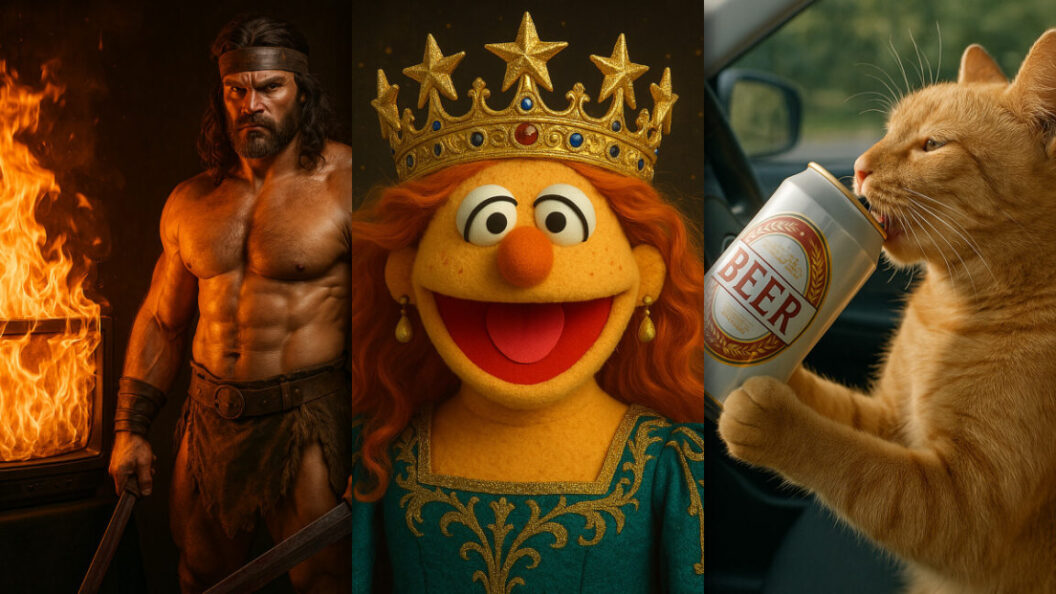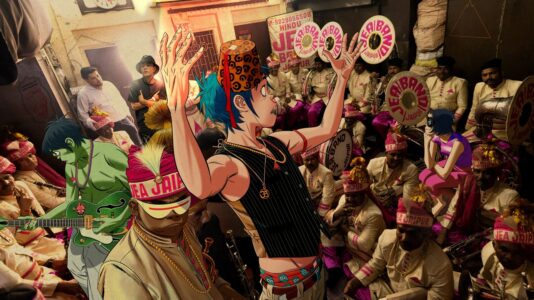OpenAI Launches Advanced Image Generation Model: 4o Image Generation
OpenAI has unveiled its new 4o Image Generation model, which aims to enhance the way users interact with image creation technologies. This latest model builds on the capabilities of its predecessors, allowing for a more refined and versatile approach to generating visual content. The updated features are expected to significantly impact various fields, including design, marketing, and content creation.
Key Features and Improvements
OpenAI highlights several notable enhancements with the introduction of 4o Image Generation. Users can now refine images through interactive conversation, which allows for a more personalized and iterative design process. Additionally, the system has the capability to analyze uploaded images, learning from their details to generate new visuals that maintain consistency with the original. OpenAI asserts these advancements lead to greater photorealism, although this concept can vary greatly in interpretation among users.
In its official blog post, OpenAI offered a range of applications for the new image generator, including the creation of diagrams, infographics, social media graphics, logos, instruction posters, business cards, and even custom stock photos. The emphasis on versatility underscores the model’s utility across diverse industries, particularly in contexts where tailored visual content is essential.
Concerns Over Job Impact
Despite the promising advancements in image generation, OpenAI’s announcement notably sidesteps a critical discussion prevalent in the AI community: the implications for artists and graphic designers. As AI-generated graphics become increasingly sophisticated, concerns mount regarding potential job displacement in creative fields. Critics have pointed out that advancements like these may undermine the livelihoods of those who traditionally rely on their artistic skills. This ongoing debate about the ethical ramifications of AI has intensified in recent years, particularly throughout 2022 and 2023.
Testing and Community Response
The response from the AI community has been swift and enthusiastic since the launch. Users on the social platform X (formerly Twitter) have been experimenting with the capabilities of the 4o Image Generation model, illustrating its potential in creative tasks. Users found it effective at manipulating existing images by, for instance, inserting faces or transforming photos into various styles, including popular animation aesthetics such as Studio Ghibli and South Park. These experiments have opened avenues for discussions about the fluidity of media, as the ease of converting styles raises questions about intellectual property rights and creative ownership.
Furthermore, this functionality has generated a new trend on platforms like X, where users are recreating memes in the likeness of beloved animation styles. The trend raises eyebrows, particularly as iconic creators like Hayao Miyazaki, co-founder of Studio Ghibli, have voiced profound disapproval of AI-generated artwork, labeling it “an insult to life itself.” Such comments highlight the tension between innovation and artistic integrity.
Evaluating Performance and User Experience
Initial tests conducted by early adopters of the 4o Image Generation model reveal a mixed bag of results. While some users praised the conversational aspect of the ChatGPT interface, which allows for ongoing adjustments during image creation, others found it lacking in some respects. For instance, comparing outputs with Google’s previous models suggested that, in certain instances, Google’s model delivered superior results. This inconsistency in performance may influence user perceptions and drive further enhancements in future iterations.
Conclusion: The Future of AI in Creative Fields
The introduction of OpenAI’s 4o Image Generation model marks a significant step in the evolution of AI’s role in creative disciplines. By enabling more dynamic and nuanced interactions between users and image generation, OpenAI is poised to reshape how visual content is produced. However, the absence of discussion regarding potential job impacts raises questions about the broader implications for the art and design community. As AI technologies continue to develop, the balance between innovation and the safeguarding of creative professions will require ongoing dialogue and consideration. Thus, the significance of this development extends beyond technological advancements, inviting a deeper reflection on the future of creativity in an increasingly automated world.









